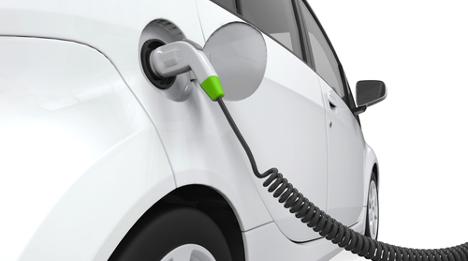2 Cars Leading Retail Used-Price Declines

In a recent report posted to its website, Cars.com observed a retail used-car pricing trend similar to what has happened on the wholesale side of the market: prices on fuel-efficient and alternative-powertrain cars remain among the steepest decliners.
In fact, the company’s analysis of 2012- to 2014-model-year used-car listings posted to the site found that the Smart ForTwo had the largest retail price decline (5.2 percent) from May 1 to May 31. And the Nissan LEAF wasn’t far behind at 5.1 percent.
“Fuel-efficient and alternative-powertrain cars continue to top the list of vehicles with the biggest price drops, as the nationwide average for a gallon of gas remains relatively low,” Cars.com senior editor Mike Hanley, who authored the post, said in the report.
“Three of the top five models with the biggest price decreases in May — the Smart ForTwo, Nissan Leaf and Toyota Prius Plug-in — are small or efficiency-minded vehicles; their prices were down 5.2 percent ($544), 5.1 percent ($734) and 3.2 percent ($735), respectively,” he added.
For the full top 10 lists of vehicle price changes in May, see the complete recap from Cars.com.
As far as auction values, Kelley Blue Book found that electrics led the decline in May.
In its latest Blue Book Market Report, KBB analyzed the changes in Kelley Blue Book Auction Values of 2012- to 2014-model-year vehicles.
The segment with the largest decline between May 1 and May 29 was the electric vehicle class, down 3.6 percent. In April, their values fell 8.5 percent.
Subcompact cars had the second-steepest drop in May at 3.3 percent, followed by compact cars (2.5 percent), midsize cars (down 2.4 percent) and luxury cars (down 2.2 percent), according to the KBB report.
And while they were ahead of the curve actually in the front half of the top pricing performers for May, hybrid/alternative-energy car values were still down 0.7 percent. (The average segment was down 1 percent).
The KBB report also speaks to the fuel-price dynamic and how it is influencing segment vehicle value trends.
Interestingly enough, there was a 6.2-percent increase in gas prices during May, and there has been a 10.9-percent increase since April 1, KBB said.
That said, fuel costs are still relatively low, so they’re not impacting hybrid and electric car values as much as they did in the past, the report noted.
“When comparing the 2015 low in late-January to the current national average price per gallon of regular fuel, consumers are paying 62 cents, or 31 percent, more per gallon,” said Sean Foyil, analyst for Kelley Blue Book.
“The market hasn’t seen this much of a rise in fuel prices in such a short amount of time since 2013, when fuel prices jumped 49 cents from January to February. However, despite the recent increase in fuel prices, the current price is still $1, or 28 percent, cheaper per gallon than at this time in both 2013 and 2014,” he added.

 View The Latest Edition
View The Latest Edition

